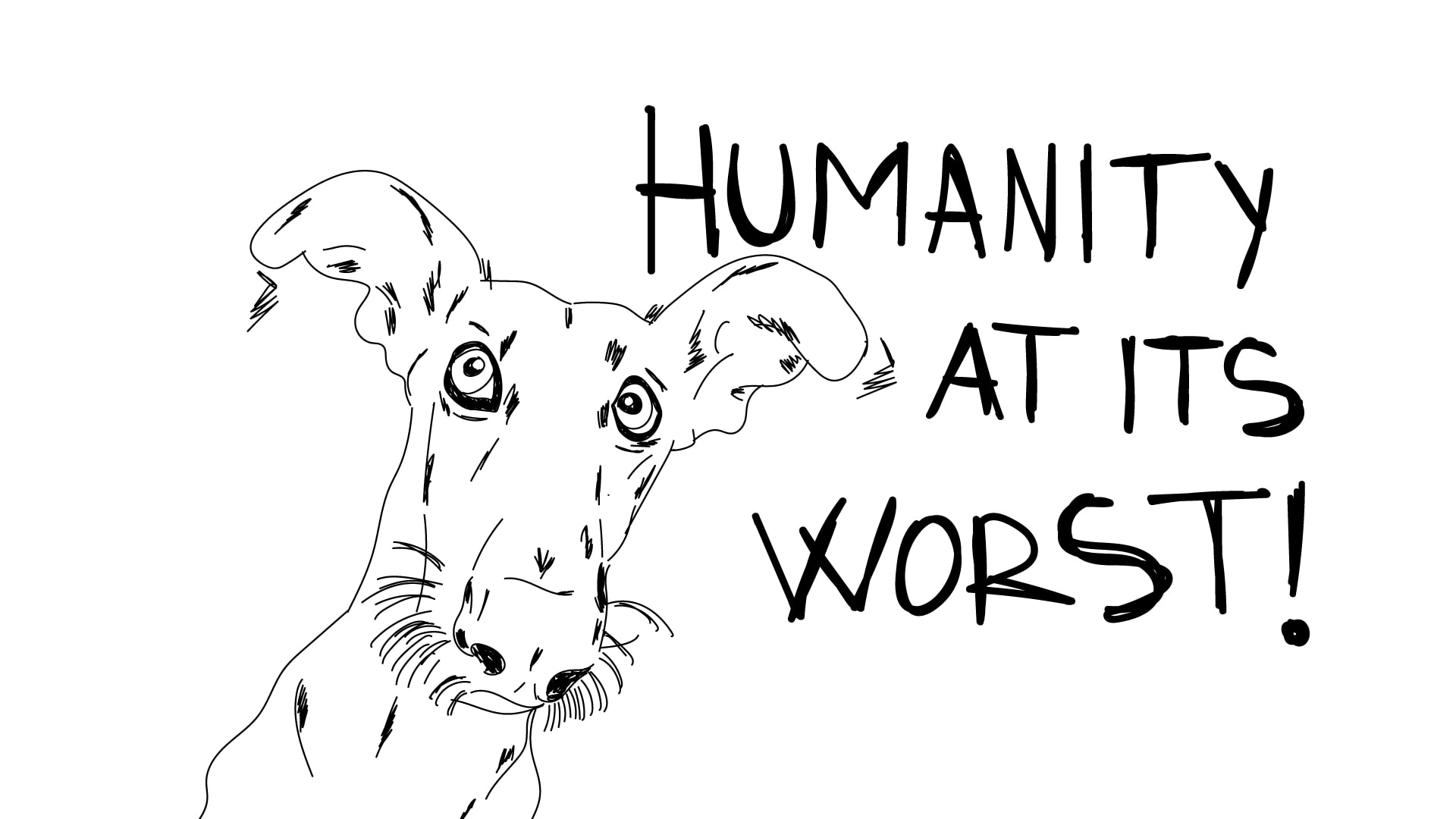
At our worst
Cruelty towards animals in Albania and Kosovo.
|14.04.2022
|

Gladiola Lleshi
Gladiola Lleshi holds a bachelor’s degree in law and will be starting her master’s studies in International and European law at Erasmus University Rotterdam. She is particularly passionate about the connections between law, public policy and gender.
This story was originally written in English.